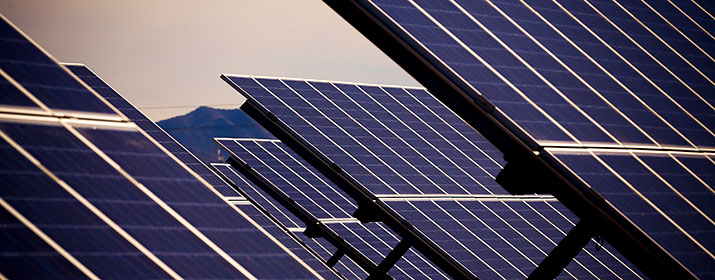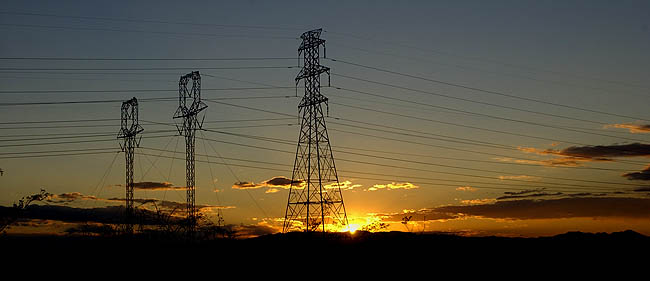
Just as some solar panels turn to face the sun, you can shape your energy use to make the most of our solar energy resources.
Solar energy is most abundant during midday hours when the sun shines most directly on photovoltaic systems, including those built to track the sun. So by shifting your usage to midday, you can reduce your carbon footprint – and possibly your electric bills – while supporting our community’s transition to cleaner, greener resources.
“Because our grid operates in real-time, we can really only leverage renewable resources if customers are using energy when they’re producing power,” said Sam Rugel, TEP’s Director of System Control & Reliability. “The good news is that for most of us, it just takes a few adjustments in our usage to make the most of those clean resources.”
Solar energy production typically ramps up in the late morning and then begins to wane as the sun starts to set. Unfortunately, that’s about the time that most customers start using the most power during the summer, forcing TEP to fire up additional fossil-fueled resources to keep energy flowing.
We’re working to expand our energy storage systems to help us save more solar energy for later in the day. But you can help support a cleaner energy mix right away by shifting energy use to off peak periods. Midday usage makes better use of our solar resources, while overnight consumption is supported by higher production from our wind resources.
Here are some simple strategies to try:
- Use the “delay start” feature on your dishwasher so that it runs late at night or mid-day.
- During the summer, pre-cool your home. Set the thermostat temperature three degrees lower than your preferred setting at noon, then adjust your thermostat several degrees higher than your normal setting at 3 p.m.
- If you own an electric vehicle and a home charger, charge it mid-day on the weekends or during your remote work schedule or overnight while you’re sleeping.
- Program your pool pump to operate at midday instead of late afternoons and early evenings.
- Plan your meals ahead of time by preparing them in the early morning or night before and then just reheating them in the microwave.
Customers can check out just how much clean energy TEP is generating at any time by checking our online Clean Energy Tracker. This dashboard shows real-time output in megawatts and indicates how many homes could be served by the energy flowing from each resource. It also displays the daily and monthly energy production for each resource as well as days of historically high production.
“Customers can see real-time and historical data, dating back to 2018,” said Bryan Rosenbaum, TEP Web Communications Specialist, who developed the dashboard on TEP’s website. “It also shows them our overall energy usage and renewable energy production changes over the course of a year and how weather affects energy usage and production.”
For example, May 20,, 2022 was a particularly windy day as our wind farms produced nearly 400 MW of energy to meet about 93 percent of our customers’ energy needs.
By shifting as much energy usage to mid-day and evenings, customers also may be able to reduce their electric bills by avoiding on-peak times. This is especially important for customers with Time-of-Use and Demand pricing plans.
These plans offer lower energy rates during off-peak periods but higher costs during on-peak hours. From May 1 through Sept. 30, on-peak hours are weekdays from 3-7 p.m. In the winter from Oct. 1 through April 30, on-peak periods are weekdays from 6-9 a.m. and 6-9 p.m. Weekends and major holidays are always off-peak.
“Being mindful of when you’re using energy and making slight adjustments ensures you’re getting your share of sun and wind power, supports our renewable resources and can help reduce your energy costs,” said Dylan Bearce, TEP’s Senior Director of Energy Resources. “It also reduces the strain on our grid during peak times of energy demand.”






